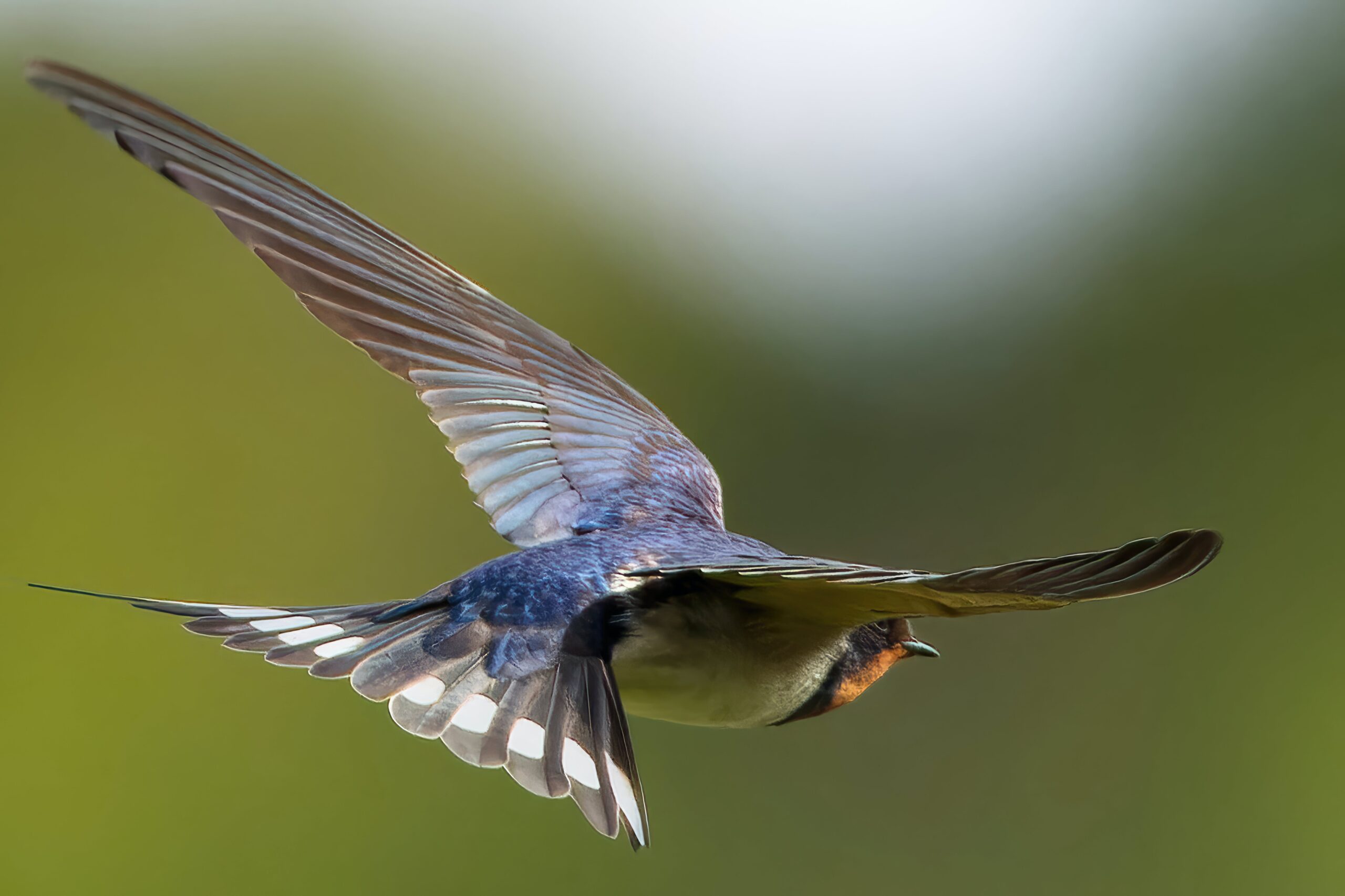Migration is one of nature’s most fascinating phenomena, and it’s something that has always intrigued scientists and nature lovers alike. Among the many species that migrate seasonally, swallows stand out for their long, arduous journeys across continents. These small birds, known for their graceful flight and distinctive forked tails, undertake one of the most impressive swallow migration, often traveling thousands of kilometers between their breeding grounds in Europe and Asia and their wintering grounds in Africa.
However, climate change is disrupting swallow migration in ways that scientists are only beginning to understand. From changes in the timing of migration to shifts in migration routes, the warming planet is posing significant challenges to the swallow populations. In this article, we will explore how climate change is affecting swallow migration, the factors involved, and the potential long-term consequences of these changes.
The Timing of Migration: A Delicate Balance
One of the most noticeable ways in which climate change is impacting swallow migration is by altering the timing of these migratory events. Traditionally, swallows in Europe and Asia have migrated in response to the seasonal changes in temperature and food availability. As spring approaches, temperatures rise, and insects become abundant, signaling to the swallows that it is time to return to their breeding grounds.
However, with rising temperatures due to climate change, swallows are facing earlier and more unpredictable spring weather. Warmer temperatures can cause insects to hatch earlier than usual, which may cause swallows to depart earlier as well. In some regions, this change in timing can lead to mismatches between the arrival of the swallows and the availability of food, as insects may not be as abundant as they would have been in previous years.
This shift in timing is also leading to what scientists call “migration asynchrony.” As a result, swallows may arrive at their breeding grounds only to find that the conditions they rely on—like the abundance of food—are not yet suitable. Similarly, a shift in migratory timing can cause swallows to arrive at their wintering grounds too early or too late, potentially putting them at risk due to adverse weather conditions or a lack of suitable habitats.
Changes in Migration Routes
Swallows typically follow well-established migratory routes that have been honed over generations. These routes are dictated by a number of environmental cues, such as wind patterns, temperature, and the availability of food. Climate change is causing alterations in these cues, leading to changes in migratory routes.
For instance, in some areas, swallows are beginning to adjust their migratory paths to avoid extreme weather conditions such as storms, floods, or heatwaves. This shift can result in longer, more arduous journeys or migration to areas that are less familiar. The change in migration routes not only makes their journey more difficult, but it can also lead them into regions that are less hospitable, affecting their survival rates.
There are also reports of swallows being forced to migrate to higher altitudes in search of cooler temperatures. As the temperature in lower altitudes rises, the birds are being pushed upwards, altering their migration patterns and potentially putting them at risk as they fly through unfamiliar terrain. This shift could have significant consequences for their breeding and wintering success.
Impact of Extreme Weather Events
Another critical consequence of climate change on swallow migration is the increase in extreme weather events. Swallows are highly dependent on predictable weather patterns, especially during migration when they rely on favorable winds and temperatures to guide them along their journey. Storms, heatwaves, and other extreme weather events, however, can create unpredictable conditions that disrupt their migratory patterns.
For example, heatwaves can make it difficult for swallows to find the necessary resources they need, including insects for food and suitable nesting sites. Similarly, sudden storms during migration can disorient the birds, forcing them to alter their course or delay their migration, which can have severe consequences on their health and ability to breed.
Additionally, extreme weather events can have ripple effects on the entire ecosystem. In the case of swallows, it’s not just the weather conditions that change, but the availability of resources—such as food sources and safe resting spots—are also affected. A storm or drought could decimate the insect populations on which swallows rely, or it could destroy critical breeding or wintering habitats.
Altered Breeding Success
Swallows rely on a delicate balance between climate, food availability, and breeding conditions. As climate change impacts the timing of migration and the availability of food, it is also affecting the success of swallow breeding. Warmer temperatures might cause breeding seasons to shift, but if swallows arrive too early or too late, they could miss the optimal time for raising young.
Additionally, changing environmental conditions can affect the quality of the habitat available to swallows. As climate change impacts ecosystems, traditional nesting sites—such as those near rivers, lakes, or wetlands—may become less hospitable or even disappear entirely. This means swallows must adapt to new, potentially less favorable habitats, further complicating their breeding success.
Furthermore, rising temperatures can cause heat stress during breeding, which can affect the health of both adult swallows and their chicks. For instance, if temperature extremes cause dehydration or exhaustion, it could lead to fewer chicks surviving to adulthood. These stressors, combined with the disruptions to food availability, could lead to a decline in swallow populations over time.
The Role of Conservation Efforts
The impacts of climate change on swallow migration and survival are undeniable, but there is hope. Conservation efforts aimed at protecting swallow populations are critical in mitigating some of the negative effects of climate change. Protecting important breeding and wintering habitats, for example, can help provide swallows with the resources they need to thrive during their migration.
Furthermore, monitoring swallow populations is essential in tracking how these birds are adapting to changes in their environment. By collecting data on their migration patterns, breeding success, and overall population health, conservationists can make informed decisions about how to support swallow populations in the face of climate change.
The Bigger Picture: Global Implications
While the effects of climate change on swallow migration are significant, they are part of a much larger problem. Swallows are just one of many species that are being affected by changing climates. As ecosystems become more unpredictable, a wide variety of animals are struggling to adapt to new conditions. From insects to large mammals, many species face similar challenges to those experienced by swallows.
This underscores the need for global action to address climate change. By reducing greenhouse gas emissions, protecting natural habitats, and supporting sustainable practices, we can help mitigate the effects of climate change on both migratory and non-migratory species.
Conclusion
Swallows, with their long migrations and delicate balance with nature, serve as a reminder of how interconnected all living things are. Climate change is undoubtedly altering the landscape for these birds, with shifts in migration timing, routes, and breeding success. The increased frequency of extreme weather events, along with rising temperatures, is presenting swallows with new challenges that threaten their survival.
However, through continued conservation efforts and global action to combat climate change, we can help to preserve the natural world for generations to come. Swallows and countless other species depend on it. If we can ensure that the conditions they rely on for survival remain intact, we may still be able to witness the incredible journey of these birds for many years to come.

